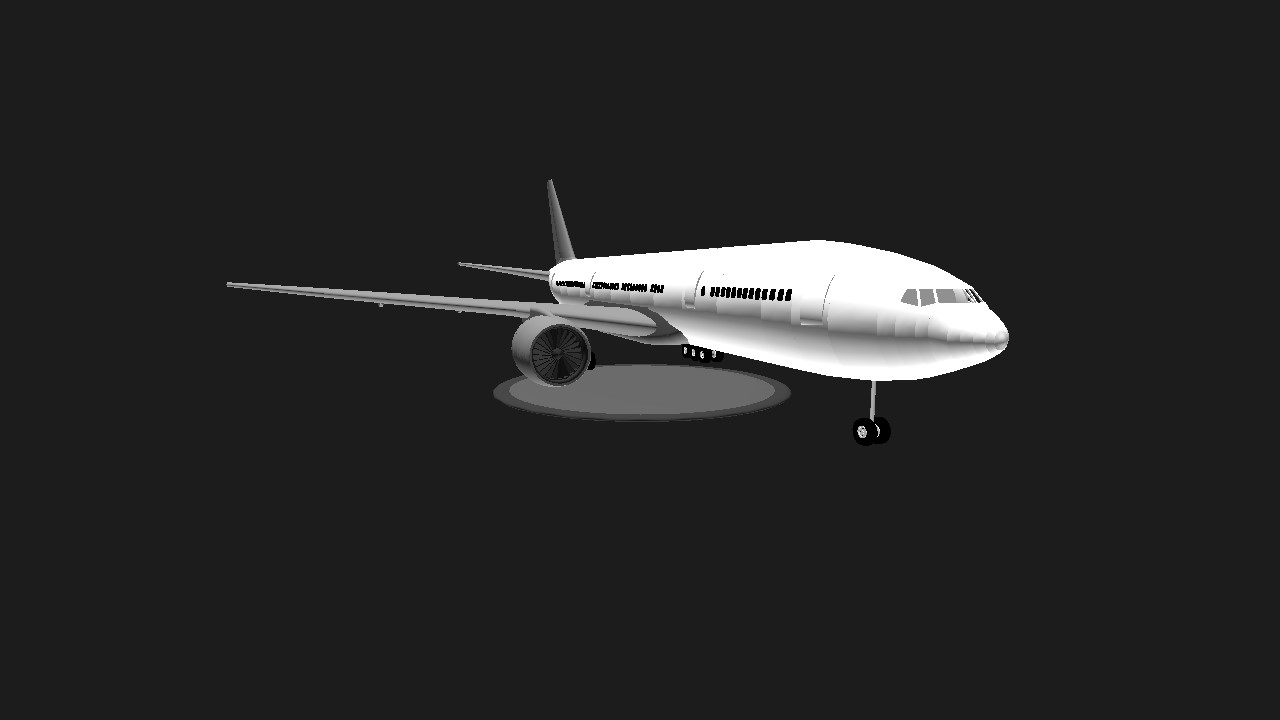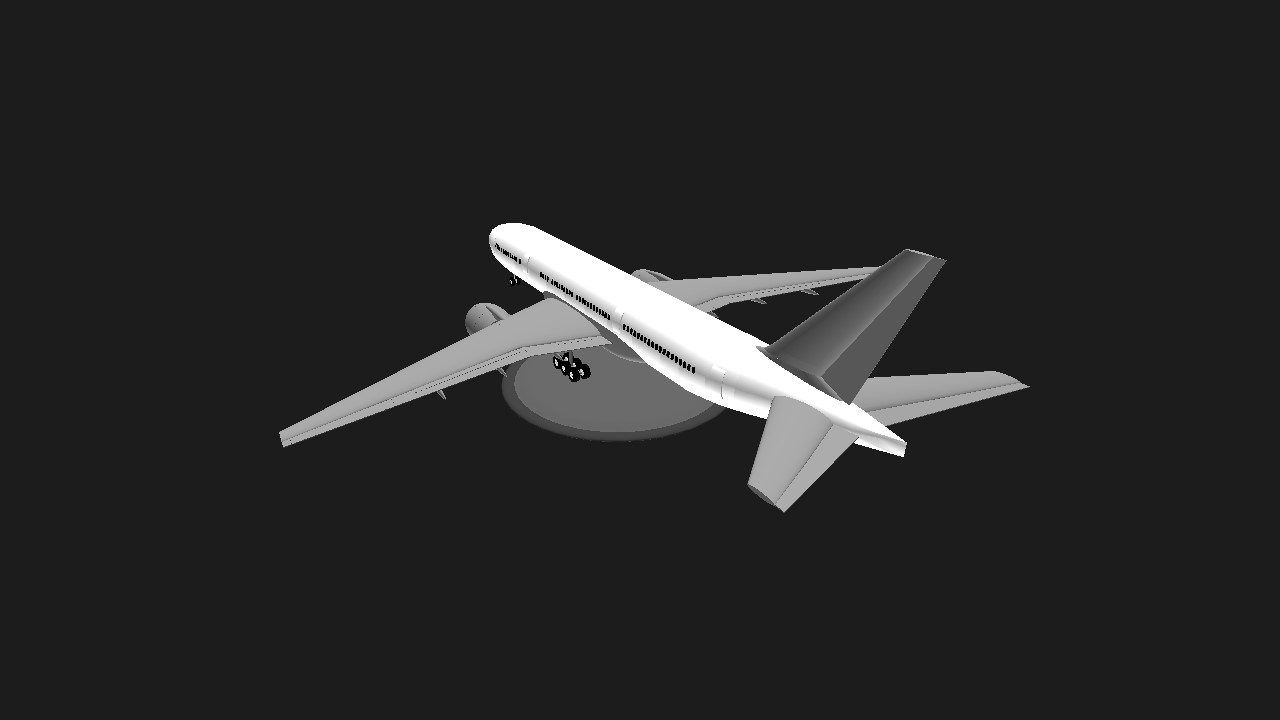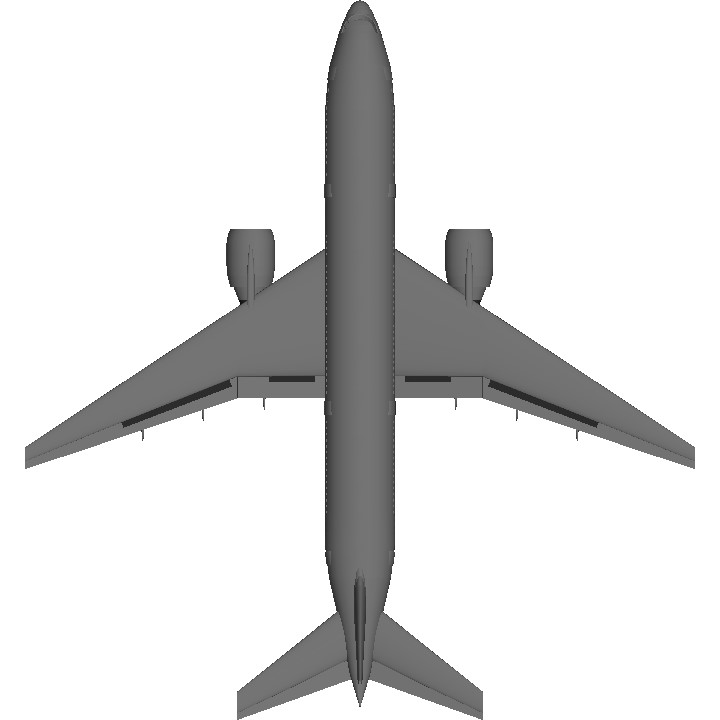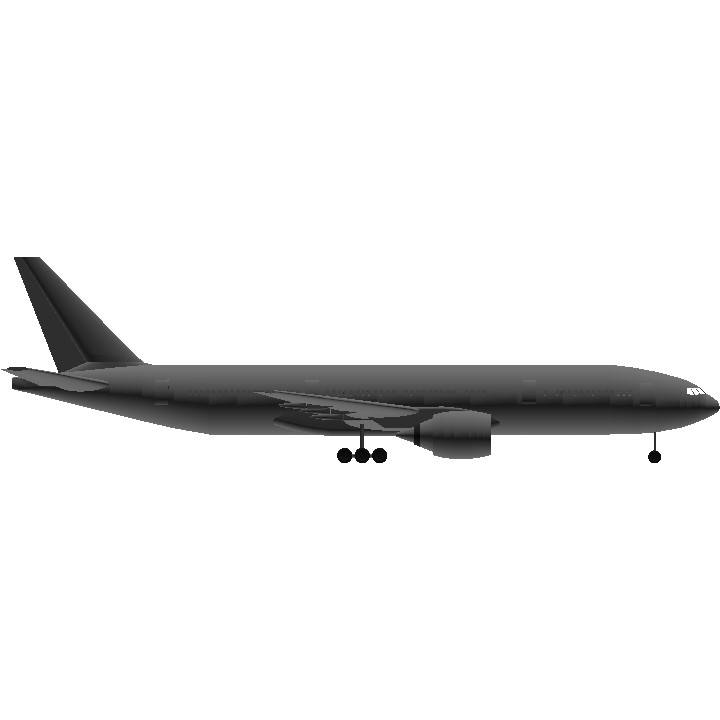Wikipedia
The Boeing 777, commonly referred to as the Triple Seven, is an American wide-body airliner developed and manufactured by Boeing Commercial Airplanes. It is the world's largest twinjet. The 777 was designed to bridge the gap between Boeing's 767 and 747, and to replace older DC-10s and L-1011s. Developed in consultation with eight major airlines, with a first meeting in January 1990, the program was launched on October 14, 1990, with an order from United Airlines. The prototype was rolled out on April 9, 1994, and first flew on June 12, 1994. The 777 entered service with the launch customer, United Airlines, on June 7, 1995. Longer range variants were launched on February 29, 2000, and were first delivered on April 29, 2004.
About Boeing 777
It can accommodate a ten–abreast seating layout and has a typical 3-class capacity of 301 to 368 passengers, with a range of 5,240 to 8,555 nautical miles (9,700 to 15,840 km). It is recognizable for its large-diameter turbofan engines, six wheels on each main landing gear, fully circular fuselage cross-section,[6] and a blade-shaped tail cone It is the first Boeing aircraft with fly-by-wire controls. It initially competed with the Airbus A340 and the McDonnell Douglas MD-11, both now out of production, and as of 2021 competes with the Airbus A350 XWB and A330-900.
The original 777 with a maximum takeoff weight (MTOW) of 545,000–660,000 lb (247–299 t) was produced in two fuselage lengths: the initial -200 was followed by the extended-range 777-200ER in 1997; and the 33.25 ft (10.13 m) longer 777-300 in 1998. Those 777 Classics were powered by 77,200–98,000 lbf (343–436 kN) General Electric GE90, Pratt & Whitney PW4000, or Rolls-Royce Trent 800 engines.[8] The longer-range 777-300ER, with a MTOW of 700,000–775,000 lb (318–352 t), entered service in 2004, the ultra long-range 777-200LR in 2006, and the 777F freighter in 2009. These long haul variants use 110,000–115,300 lbf (489–513 kN) GE90 engines and have extended raked wingtips. In November 2013, Boeing announced the 777X development with the -8 and -9 variants, both featuring composite wings with folding wingtips and General Electric GE9X engines.
The 777 has been ordered and delivered more than any other wide-body airliner; as of August 2021, more than 60 customers had placed orders for 2,061 aircraft of all variants, with 1,669 delivered The most common and successful variant is the 777-300ER with 844 aircraft ordered and 810 delivered.[2] By March 2018, the 777 had become the most-produced Boeing wide-body jet, overtaking the Boeing 747.[9] As of July 2018, Emirates was the largest operator, with 163 aircraft As of September 2021, the 777 had been involved in 31 aviation accidents and incidents, including 8 hull losses (5 during flight and 3 on the ground) with 541 fatalities, and 3 hijackings.
Control:
:Like Other Airplanes
:AG2 To Brake
:AG3 To Thurst reverse
Enjoy Your Flight
Specifications
Spotlights
- Kennneth 3.5 years ago
General Characteristics
- Predecessor B777-200ER BETA
- Successors 2 airplane(s)
- Created On Android
- Wingspan 141.7ft (43.2m)
- Length 152.2ft (46.4m)
- Height 43.7ft (13.3m)
- Empty Weight 52,857lbs (23,975kg)
- Loaded Weight 68,809lbs (31,211kg)
Performance
- Power/Weight Ratio 1.988
- Wing Loading 33.2lbs/ft2 (161.9kg/m2)
- Wing Area 2,074.8ft2 (192.8m2)
- Drag Points 45872
Parts
- Number of Parts 310
- Control Surfaces 5
- Performance Cost 1,480







@Kennneth Hi :)
Beautifull!
Where did you learn this skill?!?
|But also question: Can you build a Cockpit interior?
you might want to put in a description
@Cereal hi
nicee